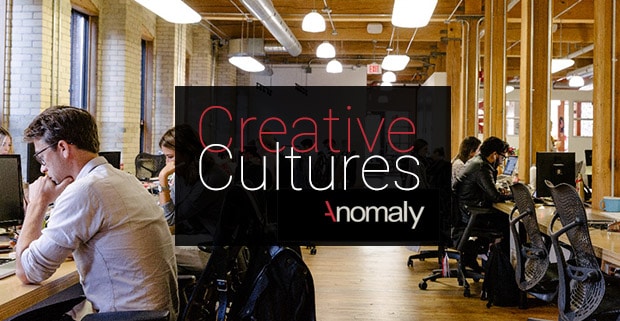 Business Team Meeting Image by Shutterstock
Business Team Meeting Image by Shutterstock
Teams that can knock down cultural and geographical barriers and work together to solve problems, deliver an unmatched level of service to their customers and true value to shareholders.
While a dispersed team can present a challenge in many ways, there’s no greater force than a united company culture. An international culture that thrives is one built upon foundations of communication and teamwork.
But an international company can’t succeed on communication and teamwork alone. Four key elements are vital in uniting teams that cross borders.
Balance Differences
In my experience, there’s a balance required to lead individuals of different cultures. Especially in international business, where you can’t assume everyone is living and working in the same way. Being aware of differences is key to understanding what drives people to perform at their potential. From this understanding, we can build a culture everyone can rely on and gain from. Yet, focusing too much on what differentiates each person can limit your view of what unites them.
Balancing the two is essential for merging teams, restructuring for new projects, and tapping into new markets.
Find a New Model of Management for Global Culture
Companies are shifting from traditional management styles, where leaders are the all-knowing controller of employees, to an autonomous way of working. This is especially valuable when managing employees across international borders.
While setting expectations and holding people accountable is a huge part of any successful business venture, management teams must posses a level of fluidity that allows them to adapt to changing circumstances and employee needs. This type of forward thinking is now paramount in for future innovation and profitability.
Even more important is providing support digitally to these internationally dispersed teams—and encouraging everyone within the organization to do the same. Instead of managing based on logic and reason, try incorporating creativity, connectivity, and empathy into your everyday role to allow for cultural needs that may differ from your own.
Use Collective Intelligence
For any business to perform at maximum potential, the value of collective intelligence must be understood at the most basic level. We’ve all heard it: teamwork makes the dream work. This is an absolute truth and must be at the core of your company to experience growth.
When your business spans the globe, you can no longer rely on one or two people to bring brilliant ideas to the table. You need a collective group of intelligent people in each region you can rely on to execute. The foundation and onboarding process set early on is key.
When your business spans the globe, you can no longer rely on one or two people to bring brilliant ideas to the table.
To assess how you’re doing with this right now, and how you can improve, ask yourself: Do potential team members see your vision and share your purpose? Are they willing to evolve with your culture? If the answer to either of these is no, it’s time to make a change. You can’t be united physically, so you must stay united within the mission and vision of the organization.
Be Authentic
Authenticity is the most important factor for building company culture across international borders. McKenna Dalby, VP of People and Culture at Valeo, says it best. “The most important aspect in creating a global corporate culture is the authentic approach we take to allow each member in our tribe to be individualistic. Yet, in all we do, we stay true to our core values: Work Hard, Have Fun, Help Others. We encourage our people to find their unique approach in each category to fulfill their desired purpose and drive toward a common goal: Happy Tribe, Happy Vibe!”
Ted W. Rollins, Co-Chairman and Founding Principal of Valeo Groupe, is a seasoned real estate entrepreneur with more than 30 years of experience in real estate investment banking, development, structured finance, start-up businesses and construction. He is focused on niche opportunity investing in both real estate and financial service sectors, particularly those that balance economic, environmental and social outcomes. Connect with Ted on LinkedIn and Twitter.








